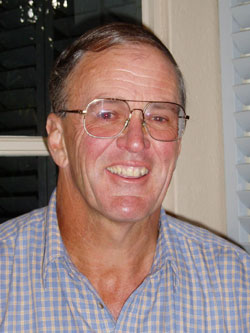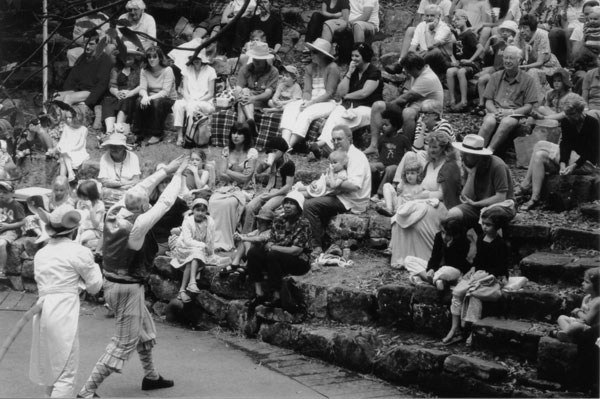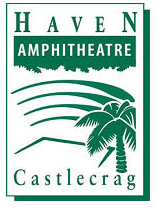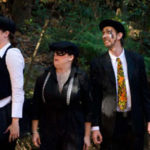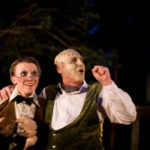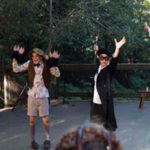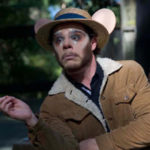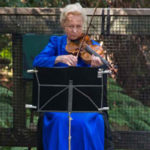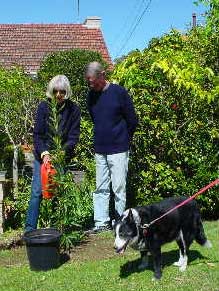2007 Red Shield Appeal
Our Castlecrag Red Shield Appeal coordinator, Diana Jones, reports that residents contributed nearly $6000 to her team of collectors on Sunday 20 May. The Salvation Army expresses its thanks to all those who collected for and/or donated to the 2007 Red Shield Appeal. Unfortunately not all of Castlecrag could be covered this year as Diana was short of volunteer collectors. We request all residents to give some thought to volunteering next year.
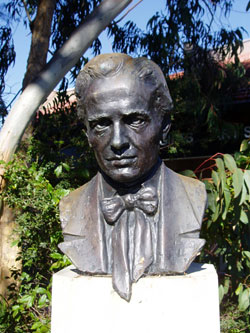
Judit Englert-Shead, 1949-2007
We record the death of Judit Englert-Shead in May. Judit was a fine sculptor and artist and her obituary in the Sydney Morning Herald of 21 May 2007 lists the bust of Walter Burley Griffin that stands outside the Griffin Centre here in Castlecrag among her well-known sculptures that stand in Australia, Hungary, Bulgaria, Germany and in private collections.
Judit was born in Budapest, Hungary and studied at the College of Arts and the Hungarian Academy of Arts in that city. She met the Australian artist Garry Shead there and after their marriage, she became the muse central to Garry’s development as a leading Australian painter. The Shead family have been long residents of Castlecrag and when Neville Shead approached the Progress Association in late 1996 with the offer of commissioning a bronze bust of Walter Burley Griffin by Judit we were most supportive and initiated negotiations with Council for a suitable site. The mayor, Pat Reilly, unveiled the sculpture at a ceremony outside the Griffin Centre shops in September 1997 (The Crag No. 117, November 1997). It stands as a fitting tribute to Judit’s artistic work.
Castlecrag Dental Service
Alex Dong and Winnie Li took over the Castlecrag Dental Practice in 2006 and, given that the residence is at the rear of the practice, they have become enmeshed in our community. Alex and Winnie met at dental school in New Zealand and they migrated to Melbourne before moving to Sydney 5 years ago. They have found Castlecrag to be a delightful environment and their new community to be most welcoming. Their 2 year-old daughter Anna attends the local Montessori Down Under Three Group. The Castlecrag Dental practice is children-oriented with its own playcentre and offers no gap payment for children’s dental examination and cleaning.
Alex and Winnie set up a table at the Castlecrag Fair to raise funds for Operation Cleft, a charity operated by the Rotary Club of Box Hill in Melbourne, to help children in developing countries who have cleft palates and have the deformity corrected. They raised sufficient funds for a child from Bangladesh to have an operation. Alex and Winnie express their thanks to all those who gave generously to the cause.
CragSitters
CragSitters had its inaugural gathering on 6 May 2007 at Stoker Playground. It gave an opportunity for young local families to meet each other. A number of new babysitters also attended, introduced themselves and added their names to the list. The babysitters list has been updated and is available to CragSitters members.
New members, both families and babysitters are welcome to the group, so if you’re a family who would like to find out more about the group or if you are interested in providing babysitting services, you can email us on cragsitters@yahoo.com.au. Existing and new members are invited to join in the next gathering on 9 September.

